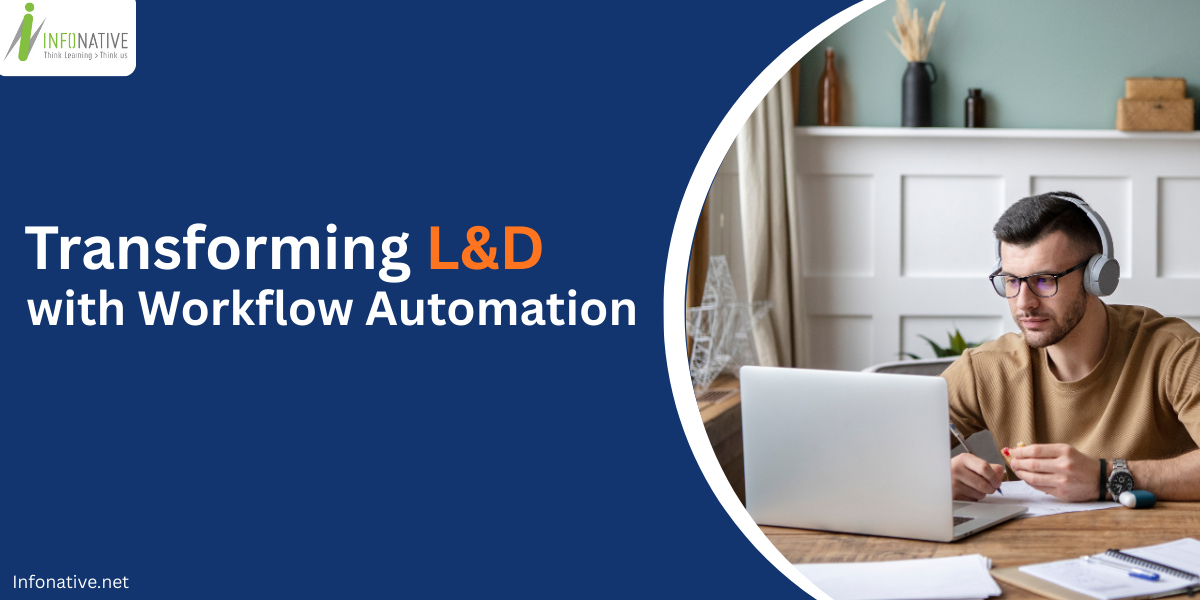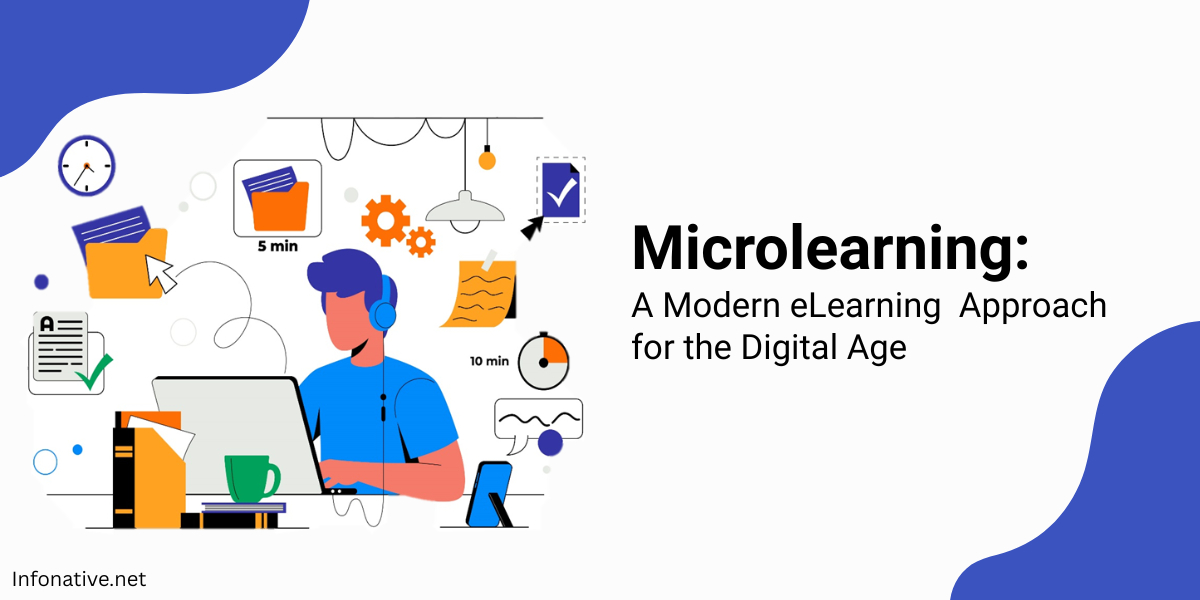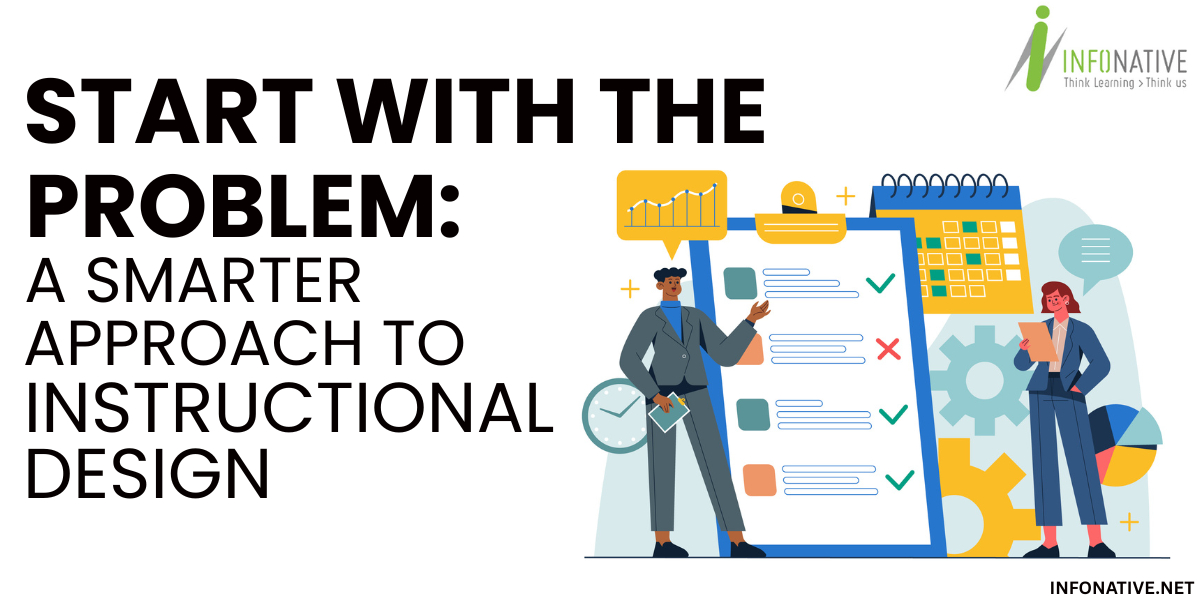Organisations are under increasing pressure to keep their employees equipped with the right skills, knowledge, and tools to remain competitive in a fast-changing business landscape. Learning and Development (L&D) plays a pivotal role in strengthening workforce performance, particularly as remote and hybrid work environments continue to reshape how companies function. Yet, traditional L&D approaches—often manual, repetitive, and time-intensive—struggle to meet the demands of dispersed teams. Workflow automation addresses these challenges by streamlining routine tasks, reducing administrative effort, and delivering smooth, consistent digital learning experiences. This allows L&D teams to focus on impactful training while driving efficiency and engagement across remote workforces.
What is Workflow Automation in L&D?
Workflow automation refers to the use of digital tools, systems, and artificial intelligence to replace manual, repetitive L&D tasks with streamlined, rule-based processes. Instead of trainers and administrators manually scheduling sessions, tracking attendance, or sending reminders, automation platforms handle these activities with precision and consistency.
For remote workforces, where engagement and accessibility can be challenging, automation ensures that employees receive timely communication, personalised learning paths, and consistent follow-ups, regardless of their location or time zone.
Why Remote Workforces Need Workflow Automation
The shift towards remote and hybrid work has amplified the importance of efficient L&D systems. Remote employees face unique challenges such as:
• Limited access to in-person support
• Distractions in home environments
• Time zone differences in global teams
• Difficulty staying engaged in virtual training
Traditional training approaches are often inadequate to address these complexities. Workflow automation bridges this gap by making L&D scalable, accessible, and learner-focused. It provides an ecosystem where remote employees can learn at their own pace while still benefiting from structured, interactive programmes.
Key Benefits of Workflow Automation in L&D
1. Time and Cost Efficiency
Manual L&D tasks such as sending course reminders, assigning modules, or generating reports can consume significant resources. Automating these processes reduces administrative workloads, enabling L&D professionals to focus on designing impactful content rather than routine operations.
2. Personalised Learning Experiences
Automation tools can create adaptive learning paths based on employee roles, skill levels, and performance data. Remote learners receive content that aligns with their career goals, ensuring higher engagement and retention.
3. Enhanced Collaboration Across Geographies
For remote teams spread across different time zones, automation enables seamless collaboration by scheduling sessions, assigning group projects, and notifying learners at optimal times without human intervention.
4. Consistent Communication
Employees working remotely may miss critical updates if communication relies solely on manual processes. Automated notifications, reminders, and progress updates ensure no learner is left behind.
5. Data-Driven Decision Making
Automated reporting and analytics provide L&D teams with real-time insights into learner performance, completion rates, and engagement levels. These insights inform better decision-making for programme improvements.
Examples of Workflow Automation in L&D
1. Onboarding Programmes
New hires can automatically receive a structured onboarding curriculum with scheduled tasks, resources, and assessment deadlines. This reduces HR involvement and ensures consistency.
2. Course Enrolment and Assignment
Instead of manually enrolling employees, automation systems can assign relevant courses based on job roles or career progression.
3. Reminders and Notifications
Employees automatically receive reminders for upcoming sessions, deadlines, or certifications expiring soon, reducing the chances of missed learning opportunities.
4. Feedback Collection
Post-training surveys can be triggered automatically, ensuring timely feedback while the learning experience is still fresh.
5. Compliance Training
Automation ensures employees complete mandatory compliance courses on time, with regular follow-ups and escalation if deadlines are missed.
How Workflow Automation Enhances Remote Learning Engagement
Engagement remains one of the most pressing challenges in remote learning. Employees often struggle with motivation when training lacks interactivity or structure. Workflow automation addresses this in multiple ways:
• Gamification Triggers: Learners receive badges or points automatically when they complete milestones.
• Adaptive Pathways: Automation adjusts the difficulty of content or recommends additional resources based on learner performance.
• Progress Visibility: Employees are automatically updated on their progress, creating a sense of achievement and accountability.
This structured yet personalised approach ensures that remote learners stay engaged, motivated, and aligned with organisational goals.
Best Practices for Implementing Workflow Automation in L&D
1. Start Small, Then Scale
Begin by automating simple processes such as email reminders or enrolment notifications. Gradually expand automation to more complex workflows like adaptive learning paths or performance analytics.
2. Integrate with Existing Systems
Ensure your automation platform integrates seamlessly with Learning Management Systems (LMS), HR software, and communication tools such as Slack or Microsoft Teams.
3. Maintain Human Touch
Automation should complement—not replace—human interactions. Use automation for repetitive tasks but maintain human involvement for mentoring, coaching, and feedback.
4. Prioritise Data Security
With sensitive employee information involved, select automation tools that comply with data protection standards such as GDPR.
5. Continuously Monitor and Optimise
Regularly review automated processes to ensure they remain aligned with evolving organisational and learner needs.
Future of L&D: The Role of AI in Workflow Automation
Artificial Intelligence (AI) is set to elevate workflow automation in L&D even further. Future developments may include:
• AI-driven personalisation: Tailoring learning experiences dynamically based on learner behaviour and preferences.
• Predictive analytics: Anticipating skill gaps and automatically assigning relevant training.
• Chatbot support: Providing 24/7 learner assistance for FAQs and troubleshooting.
• Voice-enabled automation: Enabling hands-free access to learning resources and assessments.
For remote workforces, these innovations will create even more engaging, accessible, and efficient learning ecosystems.
Conclusion
Workflow automation is not just a technological upgrade—it is a strategic enabler of efficiency, consistency, and scalability in Learning and Development. For remote workforces, it addresses the unique challenges of distributed environments by ensuring timely communication, personalised experiences, and streamlined processes.
As organisations continue to embrace hybrid and remote models, L&D leaders who adopt workflow automation will be better positioned to drive employee growth, engagement, and long-term business success. By blending human expertise with smart automation, companies can transform L&D into a powerful driver of workforce efficiency and organisational resilience.




